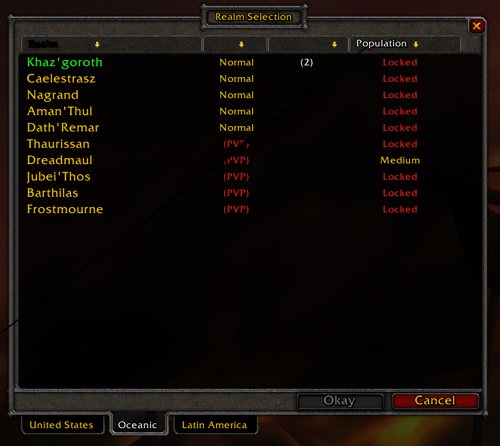(and yes we know this list has missing numbers – we’ve posted it exactly as received, our guess is someone did some censoring at some stage)
Ponder on these imponderables for a minute:-
1. If you take an Oriental person and spin him around several times, does he become disoriented?
2. If people from Poland are called Poles, why aren’t people from Holland called Holes?
3. Do infants enjoy infancy as much as adults enjoy adultery?
4. If a pig loses its voice, is it disgruntled?
6. Why is the man who invests all your money called a broker?
8. Why is a person who plays the piano called a pianist but a person who drives a racing car not called a racist?
11. Why isn’t the number 11 pronounced onety one?
12. “I am” is reportedly the shortest sentence in the English language. Could it be that “I do” is the longest sentence?
13. If lawyers are disbarred and clergymen defrocked, doesn’t it follow that electricians can be delighted, musicians denoted, cowboys deranged, models deposed, tree surgeons debarked,
and dry cleaners depressed?
15. I thought about how mothers feed their babies with tiny little spoons and forks so I wondered what do Chinese mothers use? Toothpicks?
16. Why do they put pictures of criminals up in the Post Office? What are we supposed to do, write to them? Why don’t they just put their pictures on the postage stamps so the postmen can look for them while they deliver the mail?
17. You never really learn to swear until you learn to drive.
18. No one ever says, “It’s only a game” when their team is winning.
19. Ever wonder about those people who spend $2.00 apiece on those little bottles of Evian water? Try spelling Evian backwards: NAIVE
20. Isn’t making a smoking section in a restaurant like making a peeing section in a swimming pool?
24. Why if you send something by road it is called a shipment, but when you send it by sea it is called cargo?
25. If a convenience store is open 24 hours a day, 7 days a week, 365 days a year, why are there locks on the door?




Recent Comments